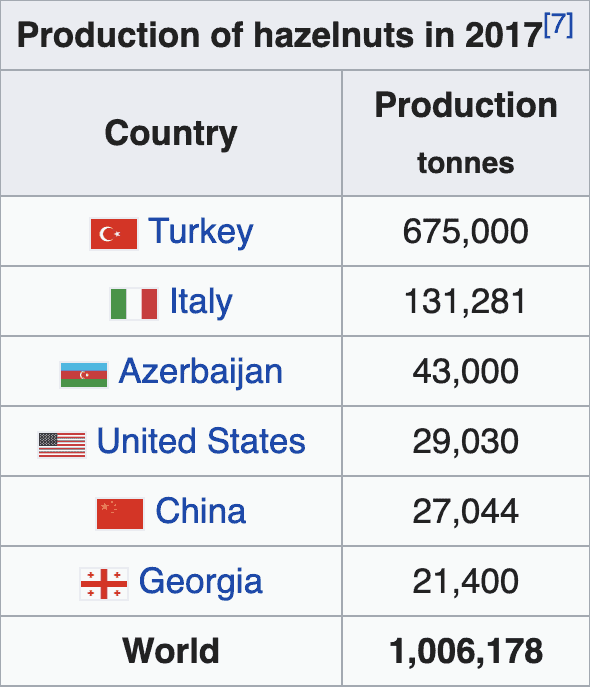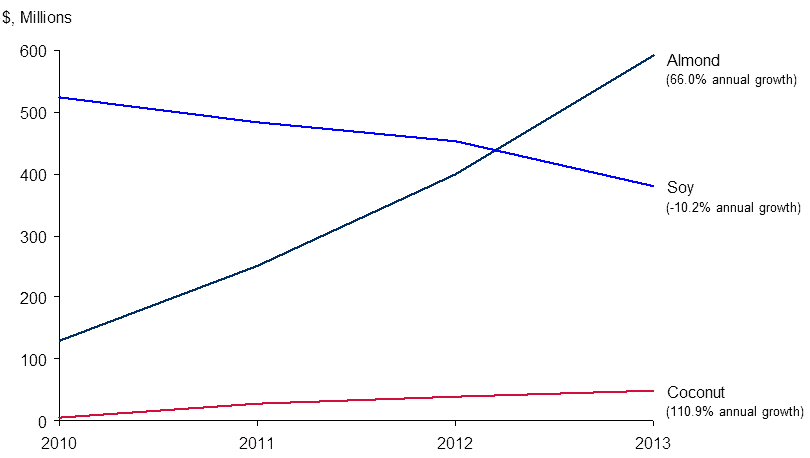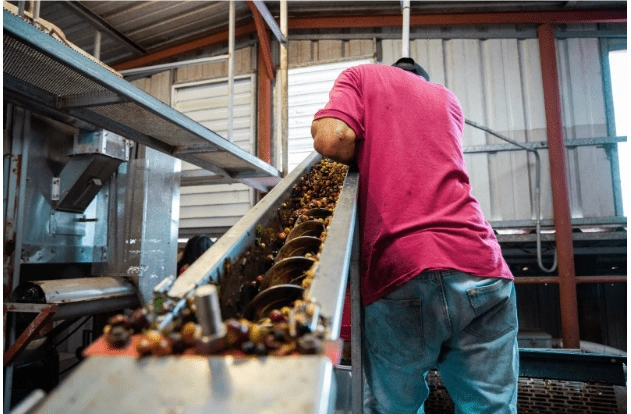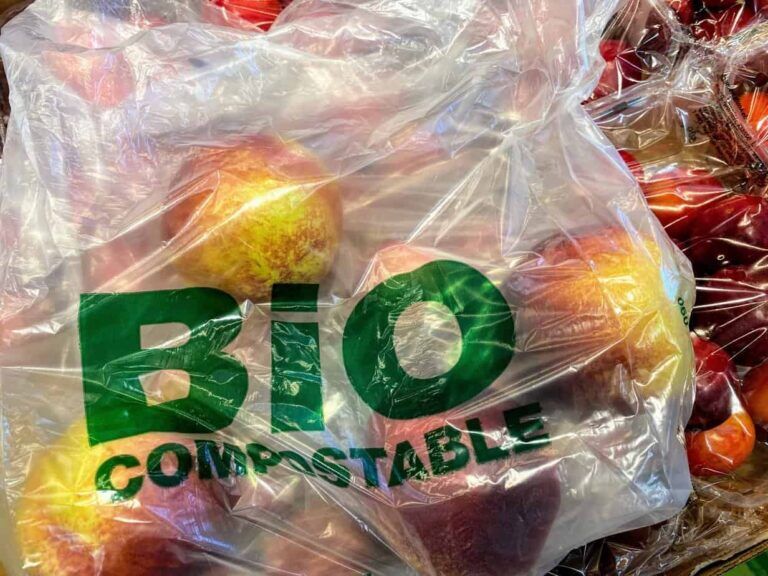Your cart is currently empty!
A Profile Of The American Hazelnut Company
The American Hazelnut Company began in 2014 at the Kickapoo Culinary Center in Gays Mills, WI. They are a grower-owned processor and marketer of hazelnut products. The company is a consortium of 16 grower-owners. Each farmer, works together, to provide customers with quality hazelnut with a superb flavor. Growing hazelnuts from farms in the Upper Midwest that traditionally grew nothing but corn and soybeans.

The tradition of growing hazelnuts means diversity and change back into a crop that once thrived in the Upper Midwest. They currently buy in-shell hazelnuts from grower members and process them into a range of products. Some of these are raw whole kernels, cold-pressed unfiltered oil, and hazelnut meal.
Customers are becoming more focused on quality oils. These oils are now made from a variety of nuts, including hazelnuts. Doctors and Nutritionists consider this oil to be much healthier when cold-pressed. The process of making oil using heat can reduce the flavor, aroma, and nutritional content of the oil.
Consumer Awareness
Consumer awareness is a challenge with hazelnut products in America. Customers are drawn to these Wisconsin nuts and oils for two main reasons.
First, Wisconsin is local. Today, customers spend additional time hunting for locally grown foods that are close to home. Second, hazelnuts are a wonderful alternative to other nuts that may cause health issues. There’s also been an increase in the amount of Americans that are allergic to peanuts.
Overall, worldwide consumers have found allergies to specific nuts that are more common in everyday dishes. Some customers seeking hazelnut products are allergic to the more common nuts including almonds, walnuts, and pine nuts.
When putting hazelnuts in a broader context, Turkey is the number one grower of Hazelnuts. They grow 95% of the world’s hazelnuts. Turkey is to hazelnuts as America is to almonds. Currently, Americans do not have a high demand for hazelnuts or hazelnut spread products. The hazelnut oils also have a very limited following.

Recent surveys in America show that customers are becoming more interested in hazelnut and their’ health benefits.
A reason for this growth is likely because hazelnuts run lower in price than spreads made from more expensive nuts. Consequently, this contributes to the boost in the popularity of Hazelnut based milk alternatives.
The hazelnut oil that The American Hazelnut Company manufactures and sells has the steepest hill to climb. Gaining consumer awareness is a very unique challenge. Certainly, there are well-known oils that will continue to be a top choice for supermarket consumers. Olive and vegetable oil are at the forefront. Peanut and almond oil also have big brands and budgets behind them.
Nutella: The King Of Hazelnut Branding
No conversation about the hazelnut would be complete without referencing the grip that Nutella, and their parent company Ferraro, has on the hazelnut spread market. Since the late 1940s, Nutella has outgrown Italian hazelnut production. Growing to the point now where Nutella is the number one use of the hazelnuts being grown in Turkey!

So, how do you get Americans to love the hazelnut as much as others do worldwide? It takes investment, time, and understanding marketplace needs to establish a product. Nut oil sales are one of the fastest-growing segments in supermarket sales. Customers that decide to move from traditional oils to nut oils, should be educated about hazelnuts.
China… Again
The number one customer of the American Hazelnut Company outside of America is China. The NY Times reports that China is the number one importer of all nuts grown in America. More than just nuts, they are the number one customer for all food growers across America.
Wikipedia List Of Top Hazelnut Producing Countries:

With Turkey being the number one producer by far, a unique set of circumstances has formed. Most of the hazelnuts that Americans consume come from Turkey. Most of the hazelnuts that America grows get exported to China. The reason is simple;
Americans are more focused on saving money than on getting a better, quality product. “How can I get something cheaper, as opposed to something better?”
The reason that the Chinese import the hazelnuts from Oregon are because they’re of much higher quality than what they get out of Turkey. Most of what they import is for the Chinese New Year. It’s a part of their celebration and traditions, and for that specific holiday, they seek a higher quality nut. The hazelnuts imported from Oregon to China are larger and are better quality than what we import from Turkey.
Michael Lijia (The Hazelnut Company), hypothesizes that Nutella uses a higher quality hazelnut for their famous spread. Ferraro uses a very small amount of actual Italian hazelnuts today. Even though Ferraro headquarters are in Italy, they source from many places with a majority being from Turkey. What we see in America are leftovers from Turkey farming and are lower-cost in production.
What will The American Hazelnut Company do next?
That depends entirely on which product generates more sales. The American Hazelnut Company is going to develop a product that the marketplace desires. A product or product that can expand on its current resources without having to spend a ton of money.
There have definitely been discussions of producing a Nutella-like product. However, there are big issues in development, design, and marketing when launching a similar product to Nutella. The company is pressing a pause on the spread market in order to focus on the oil and flour markets. This is largely due to start-up costs.

The Creation of an American Hazelnut Milk Brand
At the top of the new product wish list is hazelnut milk. 2019 saw an increased market share of alternative milks, with almond milk seeing double-digit growth for years. A trip to the supermarket clearly displays the rise of cashew, coconut, and oat milk. Thus forecasting a similar trend for hazelnut milk.
Jason Fischbach is a Process Developer from the University of Wisconsin Extension. Recently, he’s been using the community kitchen in their college for the primary processing of hazelnut milk. Taking the kernel out of the shell is the primary processing.
At a university contest for product development, hazelnut milk was created. They used hazelnuts that were likely the whole kernel and possibly roasted. Jason Fischbach didn’t share the exact recipe. They used a little bit of honey because people tend to like sweets. He said that it was pretty good.
U.S. Retail Sales Of Milk Substitutes
Leading Milk Alternative Products w/Compound Annual Growth Rates)

The American Hazelnut Company aims to find enough high-quality hazelnut supplies to do something like milk. The other problem with hazelnut milk is when you make nut milk, you grind it into a little powder.
Alternatively, for the process of making hazelnut milk, there are large hazelnut chunks. They soak in the water, and the flavors infuse into the fluid. But there’s an issue of finding use with the rest of it. The goal is to use this industrial byproduct to sell to others and find a marketplace that has a use for it. Even one in animal feed.
It is a surprise that the oil does not sell as well as it should in the marketplace. The flavor is certainly different in comparison to other oils. For instance, hazelnut oil isn’t always a replacement for olive oil.
One customer wanted to make hummus out of hazelnut oil. She was curious as were we, so the oil was provided to her. The goal was simply to grab feedback on the experiment. This proved that hazelnut oil simply was not a good fit. There’s a certain flavor expectation that you want from your chickpeas and only olive oil can give it to you.

The Cold-Pressed Process for Hazelnuts and Recycling
In a nutshell, “cold-pressed” means you’re not adding any additional heat than necessary to process. Due to this process, the friction from the force in the machine creates enough heat that it then breaks down the cell walls. Consequently, releasing the oil.
In addition, just a little bit of heat is added to help the oil flow. The oil drips out of the bottom of the press and with it comes to these little finds. The oil settles without filtering the oil. We decant it off the top for the premium hazelnut oil. So, the excess material settles to the bottom. The industrial product that is left over is large hazelnut grinds that are mixed in with some oil.
One woman has created a cookie recipe, she says, that works great for that. Now, can we develop a cookie recipe using this? There are other products that we have our eye on with our raw hazelnut material recycling.
A Message for Those With a Nut Allergy
The majority of “nut allergies” are peanut allergies. In addition, there are still many people that are allergic to tree nuts. There’s often confusion between peanuts and tree nuts. Peanuts are legumes, not nuts; still, between 25% and 40% of individuals who are allergic to peanuts also react to at least one tree nut, according to studies conducted by the National Center for Biotechnology.
Taken From An Interview with:
Michael Lijia, The American Hazelnut Company







